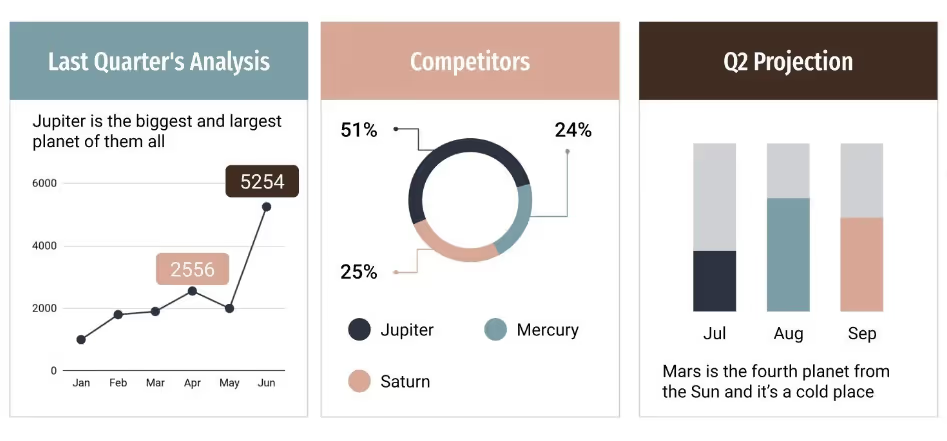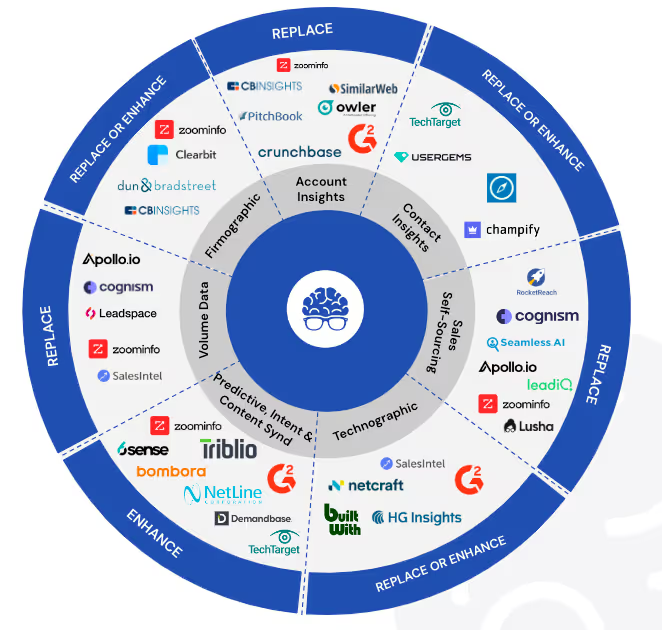Navigating Your Quarterly Business Review: Best Practices and Pitfalls
Quarterly Business Reviews (QBRs) are a crucial part of the sales cycle, often evoking mixed feelings among Account Executives (AEs). On one hand, QBRs provide a valuable opportunity to reconnect with team members and showcase achievements. On the other, they require meticulous preparation and can sometimes feel like a rigorous job interview, with the potential for immediate and significant consequences based on performance.
Understanding the Dynamics of QBRs
A QBR is not just a presentation of results but a strategic session that can determine the future direction of sales efforts. The stakes are high, as poor performance can lead to drastic measures, including job terminations. However, when approached correctly, QBRs can also be an arena where team members thrive, showcasing their achievements and aligning their goals with broader company objectives.
Common Pitfalls to Avoid in QBRs
To ensure your QBR is effective and not counterproductive, avoid these common pitfalls:
- Complaining and Negativity: Focus on solutions rather than problems.
- Overemphasis on Details: While specifics are important, drowning your audience in minutiae can lead to disengagement.
- Going Off on Tangents: Keep your presentation focused and on-point to maintain engagement.
- Overloaded Schedules: Keep your QBR concise and allow time for discussion and feedback.
- Lack of Engagement: Engage your audience with interactive elements and encourage questions to foster a collaborative atmosphere.
Best Practices for a Successful QBR
Implementing the following best practices can transform your QBR from a dreaded event into a productive and strategic session:
- Collaboration and Team Building: Use QBRs as an opportunity to strengthen team cohesion and align on goals.
- Focus on Training and Development: Address skill gaps and discuss career development opportunities.
- Honesty, Transparency, and Authenticity: Be open about challenges and receptive to feedback, showcasing your integrity.
- Strategic Discussion Over Presentation: Spend less time on showing slides and more on discussing strategies for future growth.
The 4 Ps of a Successful QBR
As a leader evaluating your team, consider these four critical areas:
- Preparation: How well has the AE understood and prepared for the QBR?
- Planning: Does the AE have a clear strategy for their territory and quotas?
- Presentation: Is the presentation clear, professional, and does it effectively communicate the necessary information?
- Pipe: How effectively is the AE managing their pipeline and prospects?
Structure of an Effective QBR Deck
A well-organized QBR deck can impress and inform. Here’s what to include:
- Territory Overview: Classification of accounts and opportunities within the territory.
- Previous Quarter Review: Performance against quota, highlights of top deals, and a review of what worked and what didn’t.
- Current and Future Quarter Summary: Overview of quota attainment plans, pipeline value, and sales forecasts.
- Top 5 Deals: Detailed review of the most significant upcoming opportunities and strategies to win.
- Pipeline Generation Plan: Specific strategies for top accounts and how to achieve sales goals.
- Key Action Steps: Clear actions needed to reach targets, with assigned responsibilities and deadlines.
- Asks: Outline of resources needed from sales management, product teams, marketing, finance, etc., to support sales efforts.
Conclusion
While the pressure of a QBR can be intense, viewing it as an opportunity rather than a hurdle can shift its dynamics in your favor. By focusing on preparation, presentation, and strategic discussion, and by avoiding common pitfalls, you can ensure that your QBR is a constructive event that not only showcases your achievements but also sets a clear path forward for the next quarter. Remember, a successful QBR is about more than just numbers; it’s about strategic alignment, teamwork, and setting the stage for future success.




